 N1
N1 宵
1. Overview of MeaningThe kanji "宵" (shou) refers to the evening or night, particularly the early part of the night. It ...
 N1
N1 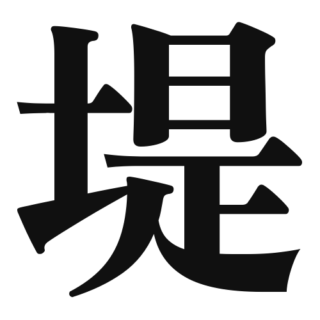 N1
N1 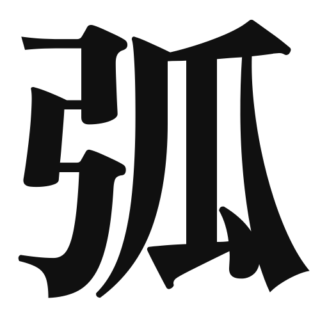 N1
N1 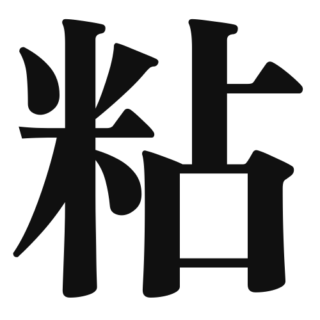 N1
N1 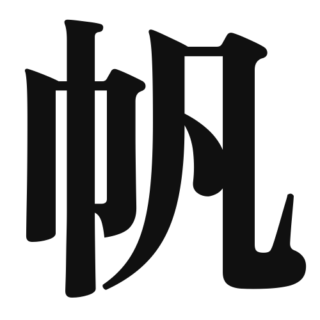 N1
N1  N1
N1 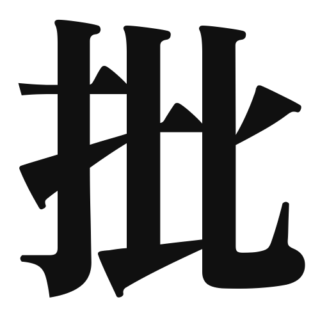 N1
N1 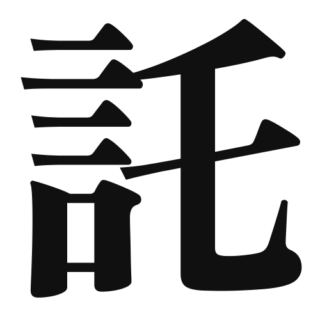 N1
N1  N1
N1 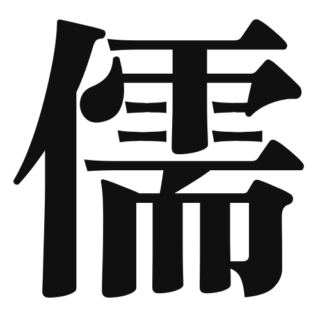 N1
N1